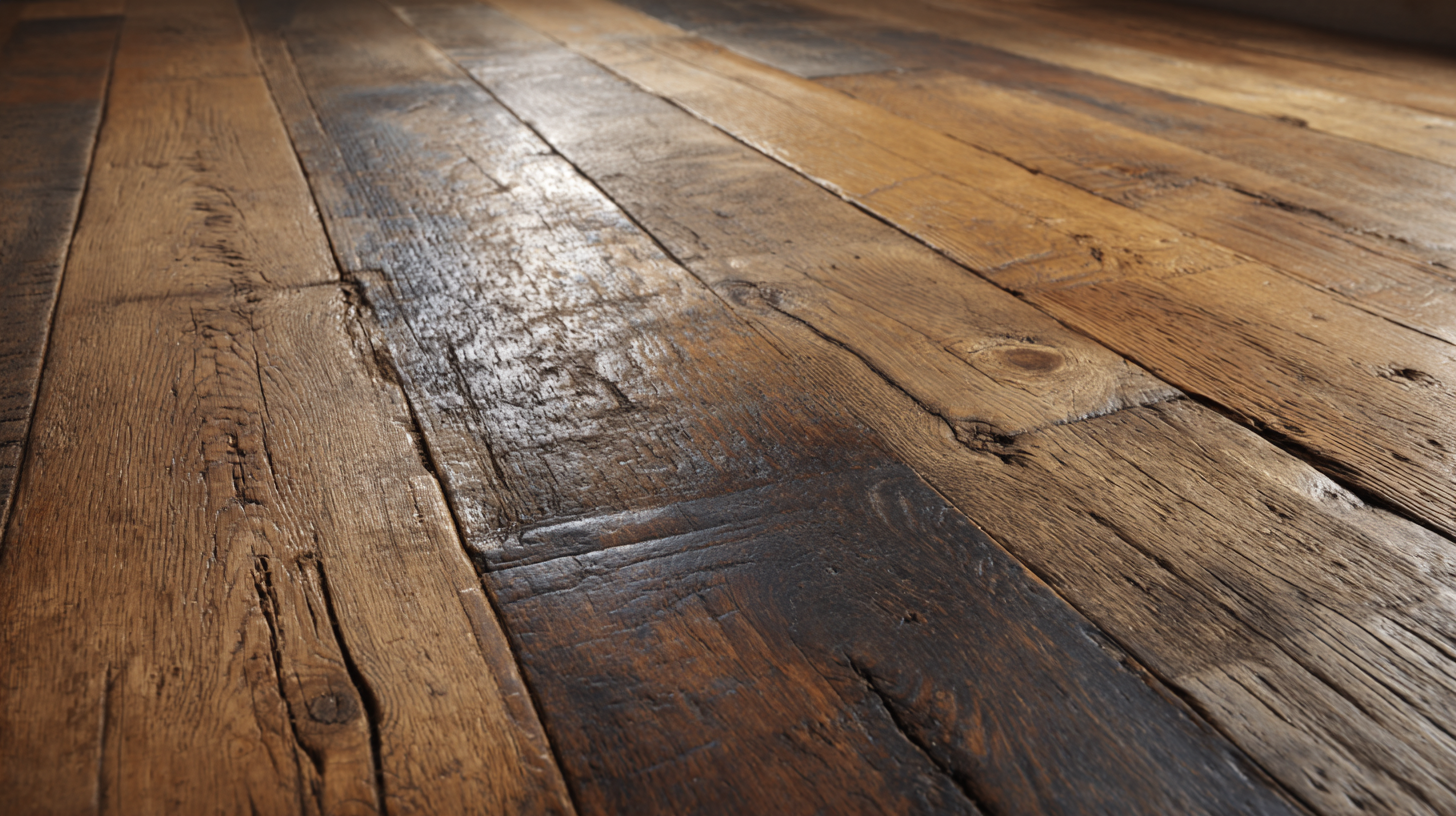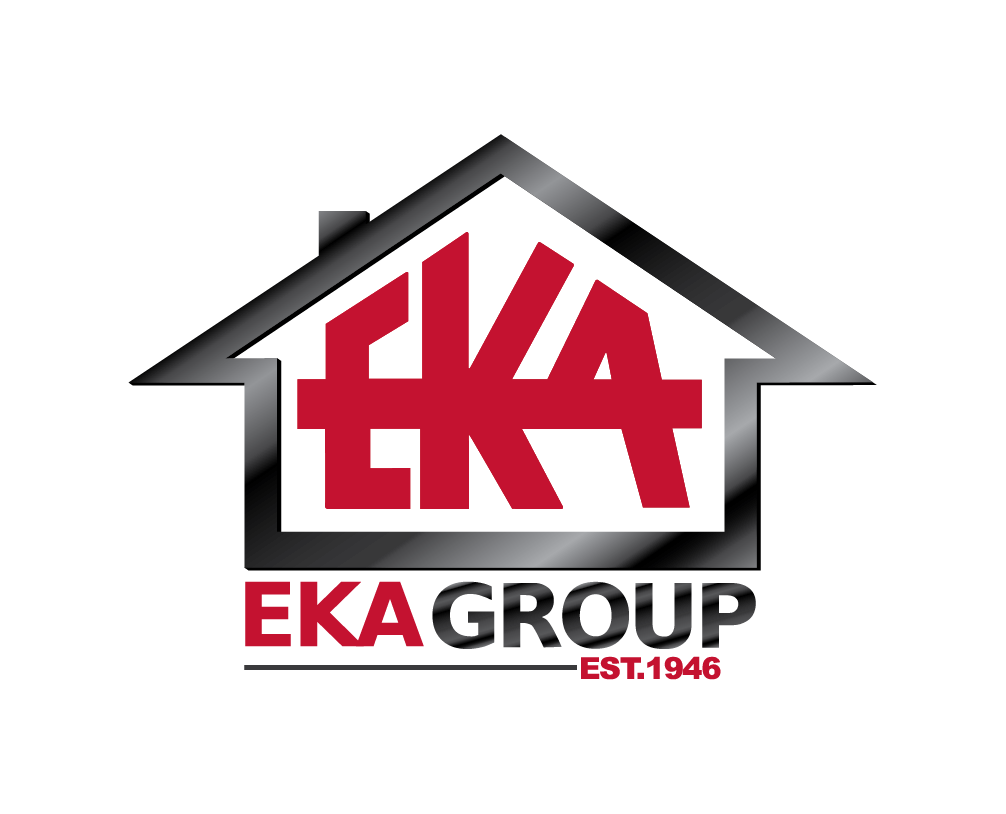
Future Market Insights for Best Floor Planks in 2025 with Essential Tips for Global Buyers
As the demand for innovative and sustainable flooring solutions continues to rise, the floor planks market is set to undergo significant transformations by 2025. According to a report by Future Market Insights, the global floor planks market is projected to register a CAGR of over 6% during the forecast period, driven by advancements in manufacturing technologies and a growing trend towards eco-friendly materials. In addition, the increasing emphasis on import-export certifications in the flooring industry highlights the necessity for global buyers to ensure compliance with international standards.

As we delve deeper into the market intricacies, this blog will offer not only essential tips for navigating the future landscape of floor planks but also insights into the top types of products, emphasizing the vital digital transformation and certifications that are shaping buying patterns worldwide.
Emerging Trends in Floor Plank Alternatives for 2025
As we approach 2025, the floor plank market is witnessing a significant shift towards innovative alternatives that prioritize sustainability, aesthetics, and durability. Emerging trends indicate a growing consumer preference for eco-friendly materials such as bamboo, cork, and reclaimed wood. These materials not only reduce the carbon footprint but also offer unique textures and appearances, appealing to buyers seeking distinctive designs in their interior spaces.

In addition to natural materials, advancements in technology are giving rise to high-quality vinyl and laminate options that mimic the look of hardwood without the associated maintenance costs. These alternatives are becoming increasingly popular among budget-conscious consumers looking for long-lasting solutions. Furthermore, the interlocking installation systems being developed allow for easier DIY projects, making it a feasible option for those who wish to undertake home renovations themselves. As global buyers navigate the plethora of choices available in 2025, it will be essential to stay informed about these trends to make the best investment for their flooring needs.
Key Factors Influencing Floor Plank Choices for Global Buyers
When selecting floor planks, global buyers must consider several key factors that significantly influence their choices. One primary consideration is durability. According to a report by Grand View Research, the global laminate flooring market size was valued at $23.2 billion in 2022 and is projected to expand at a CAGR of 4.9% from 2023 to 2030. This growth underscores a rising demand for floor planks that can withstand daily wear and tear, making durability a non-negotiable feature for consumers.
Aesthetic appeal and design versatility also play critical roles in buyer decisions. In a study published by Allied Market Research, it was found that 62% of homeowners prioritize the appearance of flooring when making purchasing decisions. Buyers are increasingly looking for planks that offer a balance between beauty and practicality, with trends leaning towards natural materials and finishes that complement interior designs. Additionally, sustainability is becoming a deciding factor—research from Markets and Markets indicates that the eco-friendly flooring market is expected to reach $81.56 billion by 2027, propelled by consumer awareness and preference for sustainable products. These factors together create a comprehensive framework that global buyers should evaluate when choosing the best floor planks in the market.
Sustainable and Eco-Friendly Options in the Flooring Market
The flooring market is rapidly evolving, and in 2025, sustainable and eco-friendly options are expected to dominate. As more consumers become environmentally conscious, manufacturers are responding by developing products that minimize ecological impact without sacrificing quality or aesthetics. Recycled materials, bamboo, and sustainably sourced hardwood are just a few examples of flooring choices that cater to eco-minded buyers. These materials not only offer durability but also contribute to reducing carbon footprints, making them an excellent choice for environmentally aware homeowners and commercial spaces alike.
When considering eco-friendly flooring options, it’s essential for buyers to evaluate the certifications of each product. Look for labels like Forest Stewardship Council (FSC) and GreenGuard, which indicate that the flooring meets strict environmental and health standards. Additionally, consider the longevity and maintenance of the flooring; opting for products that require less frequent replacement and are easier to clean will further enhance sustainability.
For global buyers, understanding local sourcing can be beneficial. Many regions offer unique, sustainable materials that reflect their environment and culture. By choosing locally sourced products, buyers not only support their economies but also reduce transportation emissions, making the flooring choice even more eco-friendly. Exploring these options can open doors to stunning designs that contribute to a greener future.
Future Market Insights for Sustainable Flooring Options in 2025
Comparing Cost-Effectiveness of Various Floor Plank Alternatives
When considering floor planks for your home, understanding the cost-effectiveness of various alternatives is essential for making an informed choice. With advancements in flooring technology, options such as wood-look tiles have gained popularity. These tiles provide the aesthetic appeal of natural wood with added durability and lower maintenance costs. Homeowners are increasingly turning to engineered wood and laminate flooring as well, both of which offer a reasonable balance between cost and lifespan. When comparing these alternatives, it’s crucial to factor in not just the upfront costs, but also long-term maintenance and replacement expenses.
Moreover, as buyers become more eco-conscious, the embodied carbon of flooring materials is gaining attention. Sustainable options, like bamboo or reclaimed wood, may have higher initial costs but can significantly lower your ecological footprint. Research indicates that assessing the entire life cycle of a product, from manufacturing to disposal, can reveal the true value of your investment. By prioritizing cost-effectiveness and sustainability, global buyers can make flooring choices that align with both their budget and environmental values.
Essential Tips for Selecting the Right Floor Plank for Your Needs
When choosing the right floor plank for your space, it’s crucial to assess your specific needs and preferences. Start by considering the room's function; high-traffic areas like hallways or living rooms may require sturdier materials such as engineered hardwood or luxury vinyl. In contrast, for quieter spaces, laminate may suffice, offering a budget-friendly option without sacrificing aesthetic appeal. Additionally, think about moisture levels—places like kitchens and basements benefit from water-resistant options to prolong the floor's lifespan.

Another essential factor to contemplate is the style and design that complements your existing decor. Floor planks come in a variety of finishes, colors, and textures, allowing you to create a cohesive look throughout your home. It’s advisable to obtain samples to see how different planks interact with your lighting and furniture. Lastly, keep sustainability in mind; looking for eco-friendly options like bamboo flooring could not only meet your style needs but also contribute to a healthier environment.

